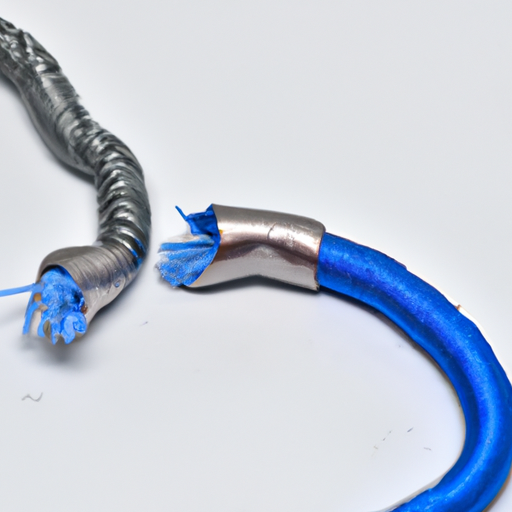
The production process of mainstream hot cable attachments involves several steps to ensure the quality and durability of the final product. Hot cable attachments are used in various industries, including construction, automotive, and electronics, to provide a secure and reliable connection for electrical cables. In this article, we will explore the production process of hot cable attachments and the key steps involved in manufacturing these essential components.

The first step in the production process of hot cable attachments is the design and engineering phase. This involves creating a detailed blueprint of the attachment, including its dimensions, materials, and specifications. The design team works closely with engineers to ensure that the attachment meets the required standards and can withstand the rigors of its intended use.
During this phase, the team also considers factors such as the type of cable being used, the temperature and environmental conditions the attachment will be exposed to, and any specific requirements from the client. The design is then finalized and approved before moving on to the next step in the production process.
Step 2: Material Selection
Once the design is finalized, the next step is to select the materials for the hot cable attachment. The choice of materials is crucial to the performance and longevity of the attachment, as it must be able to withstand high temperatures, corrosion, and mechanical stress.
Common materials used for hot cable attachments include stainless steel, aluminum, and copper. These materials are chosen for their durability, conductivity, and resistance to heat and corrosion. The material selection process also takes into account factors such as cost, availability, and environmental impact.
Step 3: Manufacturing
The manufacturing of hot cable attachments involves several processes, including cutting, bending, welding, and finishing. The first step is to cut the raw material into the required shape and size using specialized machinery such as laser cutters or CNC machines.
Next, the material is bent into the desired shape using press brakes or other forming equipment. This step is crucial to ensure that the attachment fits securely around the cable and provides a reliable connection. The bending process may also involve the use of dies and molds to achieve the desired shape and dimensions.
After bending, the pieces are welded together using techniques such as MIG or TIG welding. Welding is essential to create a strong and durable bond between the components of the attachment. The welds are inspected for quality and integrity to ensure that they meet the required standards.
Finally, the hot cable attachments are finished with coatings or treatments to enhance their performance and appearance. This may include plating, painting, or powder coating to protect the attachment from corrosion and improve its conductivity. The finished attachments are then inspected for quality control before being packaged and shipped to the customer.
Step 4: Quality Control
Quality control is an essential part of the production process for hot cable attachments. This involves inspecting the attachments at various stages of manufacturing to ensure that they meet the required standards and specifications. Quality control measures may include visual inspections, dimensional checks, and testing for conductivity and durability.
Any defects or inconsistencies are identified and corrected before the attachments are approved for shipment. This ensures that the final product meets the expectations of the customer and performs reliably in its intended application.
In conclusion, the production process of mainstream hot cable attachments involves several key steps, including design and engineering, material selection, manufacturing, and quality control. By following these steps carefully and diligently, manufacturers can produce high-quality attachments that meet the demands of various industries and provide a secure and reliable connection for electrical cables.


